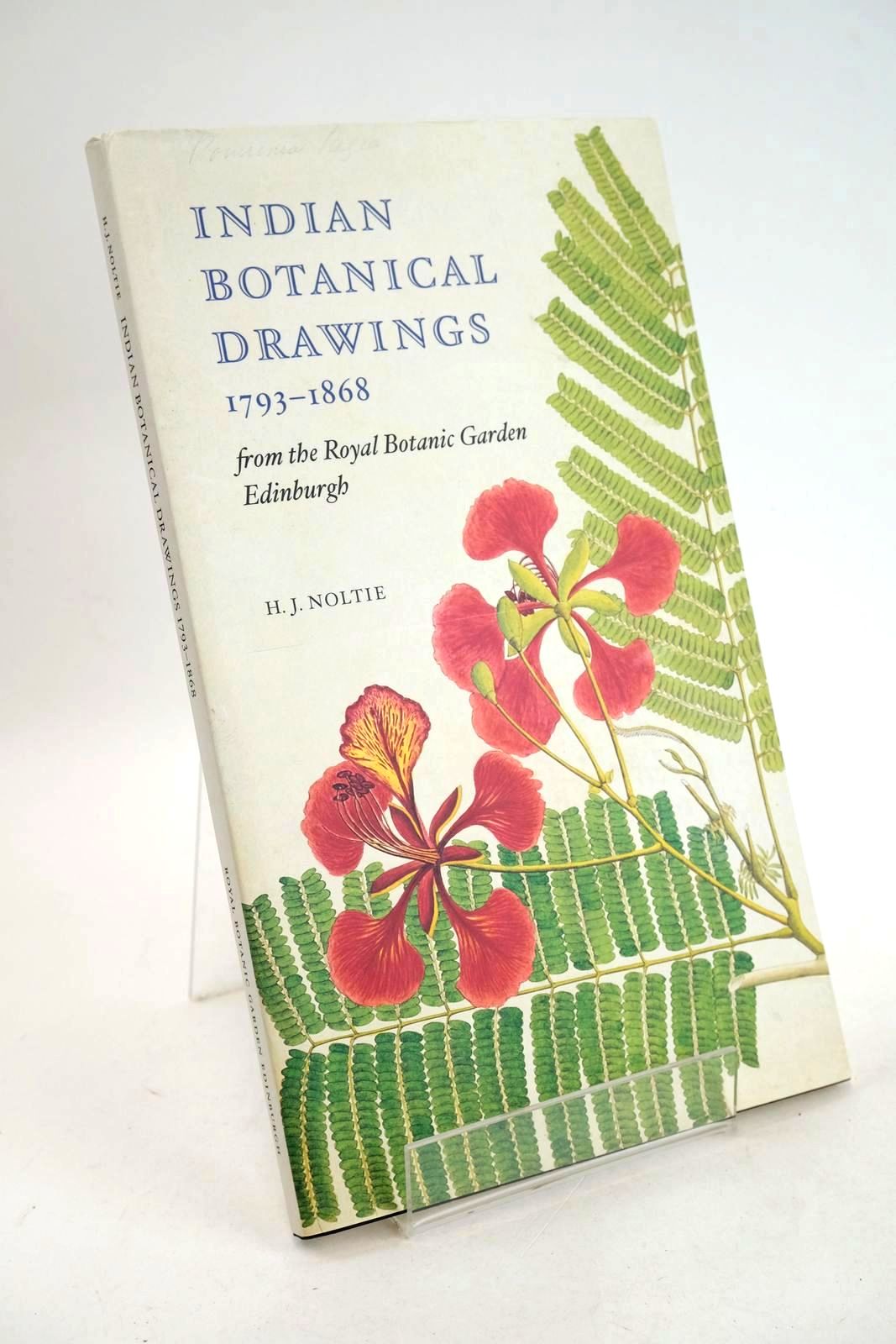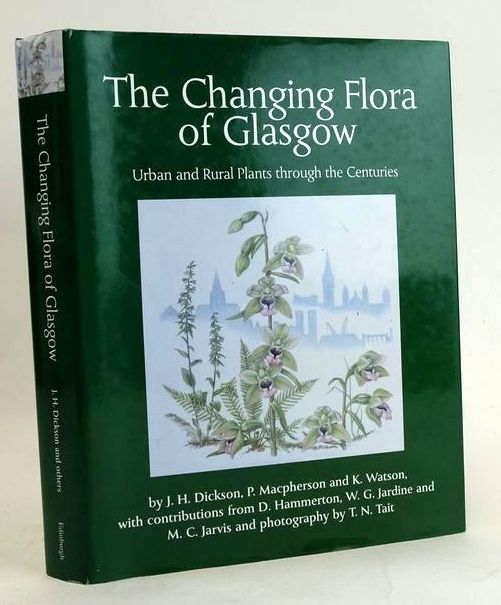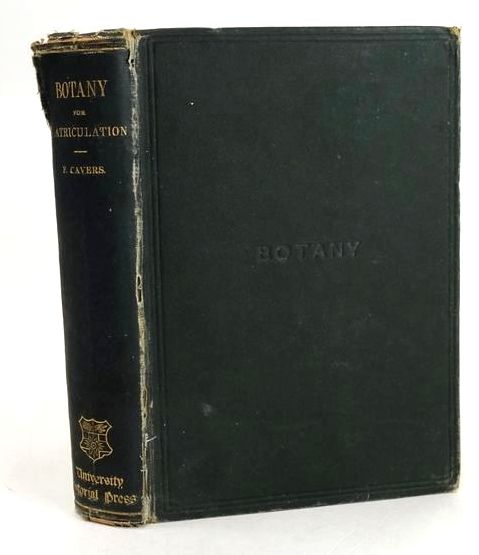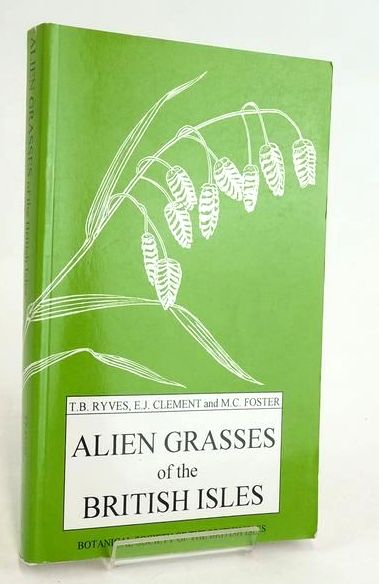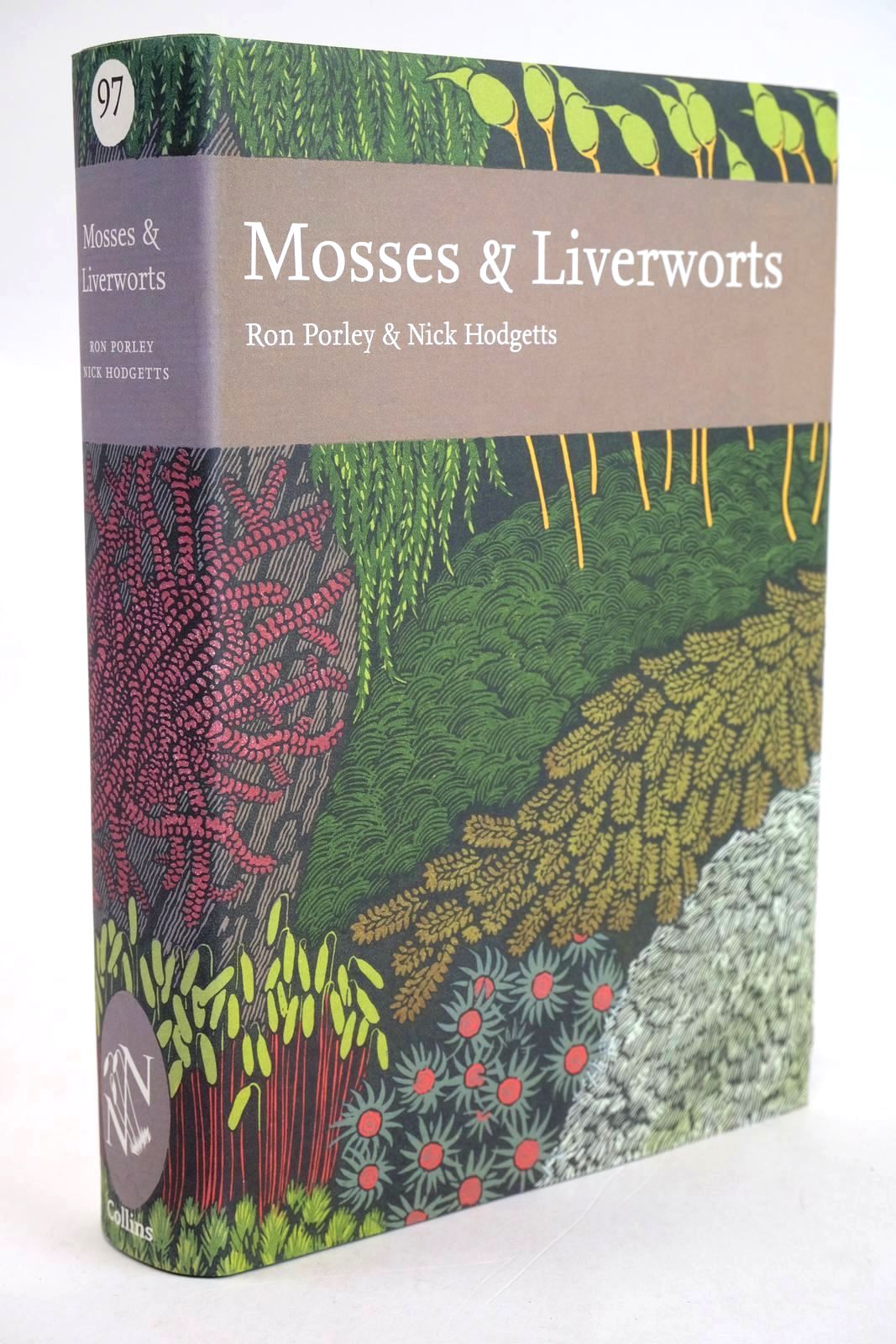Plants that bite back!
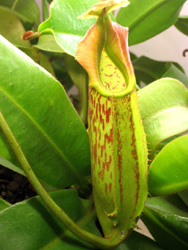 I still remember the purchase of my first carnivorous plant. It was in the unlikely surroundings of Chatham Dockyard and perhaps more surprisingly it wasn't a Venus Fly Trap! Instead, I became the very proud owner of a Sarracenia flava - or a North American pitcher plant. At the time I did not even know of the existence of these plants, and had probably assumed that it was only Venus Fly Traps that actually caught and consumed insects.
I still remember the purchase of my first carnivorous plant. It was in the unlikely surroundings of Chatham Dockyard and perhaps more surprisingly it wasn't a Venus Fly Trap! Instead, I became the very proud owner of a Sarracenia flava - or a North American pitcher plant. At the time I did not even know of the existence of these plants, and had probably assumed that it was only Venus Fly Traps that actually caught and consumed insects.
Left: happy in its new home, Nepenthes veitchii x maxima produces its first mature pitcher for years!
I think that it was the unique appearance of this plant - an elegantly tapering funnel with a flared mouth and projecting lid - that fascinated me the most. The fact that the plant would happily feast upon any flies that were foolish enough to attempt to crawl around this funnel of doom seemed to be almost incidental. Whatever the initial attraction, this was the plant that 25 years ago began my love affair with this most intriguing group of plants - those that turn the tables on the animal kingdom and pursue a carnivorous diet.
 As in any relationship, of course, there have been both tears and triumphs -yet these plants retain the ability to delight me on a daily basis. The original pitcher plant, sadly, was doomed to become one of several early casualties as I struggled to identify and replicate the growing conditions required by these plants. Despite the setbacks, I persevered and gathered as much cultivation information as possible - a rather slow process as there were few books devoted to the subject, and the Internet had not yet transformed the way in which we can access information. Gradually the successes outnumbered the failures and I acquired a small but growing collection of carnivorous plants, or CPs.
As in any relationship, of course, there have been both tears and triumphs -yet these plants retain the ability to delight me on a daily basis. The original pitcher plant, sadly, was doomed to become one of several early casualties as I struggled to identify and replicate the growing conditions required by these plants. Despite the setbacks, I persevered and gathered as much cultivation information as possible - a rather slow process as there were few books devoted to the subject, and the Internet had not yet transformed the way in which we can access information. Gradually the successes outnumbered the failures and I acquired a small but growing collection of carnivorous plants, or CPs.
I've always had a keen interest in botany and gardening, though it has been mainly foliage plants such as ferns, shrubs and trees rather than flowering plants that have interested me. On one occasion this interest in the structure of plants led to a particularly sticky end - literally. My parents had a very large rubber plant and apparently, as a toddler, I decided it would be a good idea to climb it. After the inevitable crash, I was found in the middle of the lounge, buried under leaves, with white rubber dripping gently on to my head. Fortunately, the rubber plant suffered no lasting damage, my enthusiasm for horticulture was un-dimmed (after the rubber had been carefully extracted from my hair) - and I learned an important lesson about the centre of gravity of a potted plant!
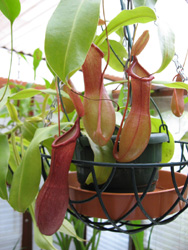 Initially, the bulk of my collection of CPs comprised of Sarracenia pitcher plants, although I also grew Sundews (Drosera), Butterworts (Pinguicula), Bladderworts (Utricularia), tropical pitcher plants (Nepenthes) - and, of course, the Venus Fly Trap. In fact, my 'A' Level Biology project involved a six-week experiment that I devised to compare the trapping efficiency of two Sarracenia species. It also involved the escape of numerous flies into the laboratory - well, nobody's perfect.
Initially, the bulk of my collection of CPs comprised of Sarracenia pitcher plants, although I also grew Sundews (Drosera), Butterworts (Pinguicula), Bladderworts (Utricularia), tropical pitcher plants (Nepenthes) - and, of course, the Venus Fly Trap. In fact, my 'A' Level Biology project involved a six-week experiment that I devised to compare the trapping efficiency of two Sarracenia species. It also involved the escape of numerous flies into the laboratory - well, nobody's perfect.
Left: one of several young Nepenthes alata plants producing pitchers in summer.
However, these days my collection is centered on tropical Nepenthesplants which revel in high temperatures and humidity. I recently discovered that clear plastic mini-greenhouses provide an ideal growing environment when fitted with slimline lighting tubes and kept indoors in an unheated conservatory or spare bedroom, for example. Within days of being moved into this new environment, a small Nepenthes truncatawhich had resolutely refused to grow a single leaf for years, suddenly produced a flood of new leaves and pitchers! It is growing bigger by the day and is currently my most vigorous specimen. It is amazing to think that I had come close to disposing of it.
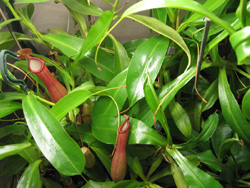 The most important lesson, I think, that I've learned from these plants is that there is no substitute for personal experience - and experimentation. On countless occasions I have tried to reproduce exactly the growing conditions described in a reference book only to have the plants sit there, looking rather glum. And then, either by chance or design, I will change some aspect of the growing environment and the plants will suddenly burst forth with renewed vigour.
The most important lesson, I think, that I've learned from these plants is that there is no substitute for personal experience - and experimentation. On countless occasions I have tried to reproduce exactly the growing conditions described in a reference book only to have the plants sit there, looking rather glum. And then, either by chance or design, I will change some aspect of the growing environment and the plants will suddenly burst forth with renewed vigour.
Right: "It's a jungle in here..." The scarlet pitchers display wonderfully against the glossy green leaves
of (mostly) N. alata!
I find it utterly fascinating to watch the ways in which the plants respond, sometimes to very subtle changes in environment, and there is always something new to learn - or to try. I confess that I'm 'bitten by the bug'. Or should that be 'by the plant'...?
Contributed by Tim
(Published on 15th Aug 2013 )



